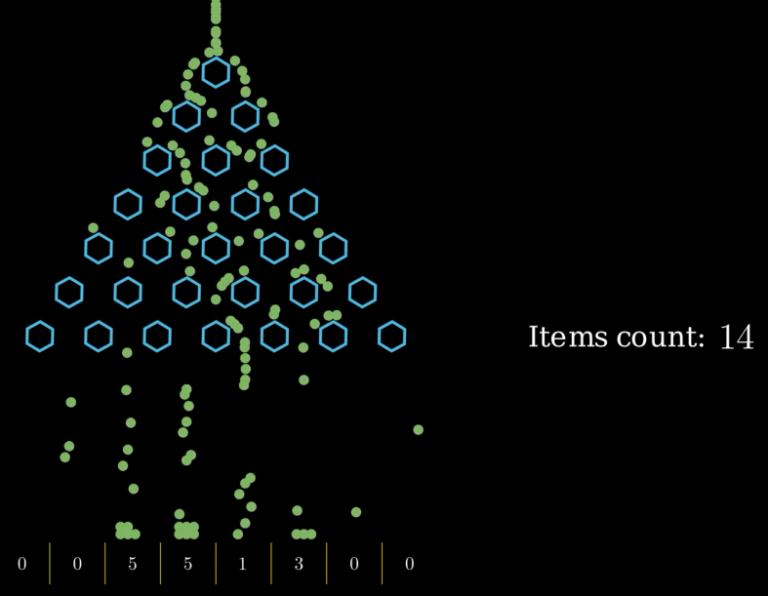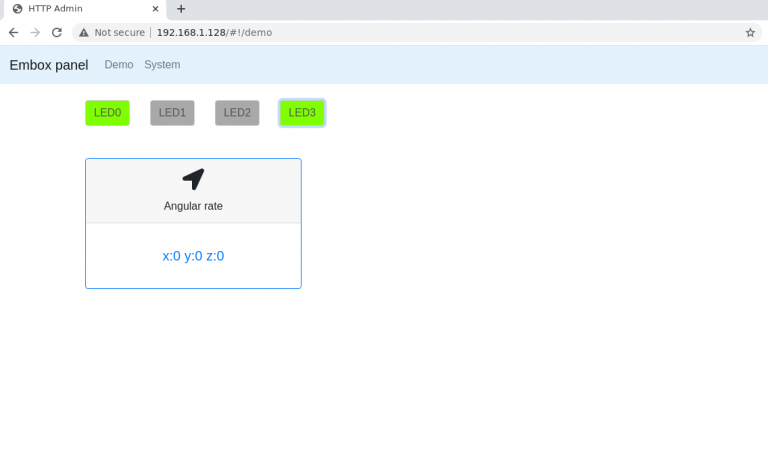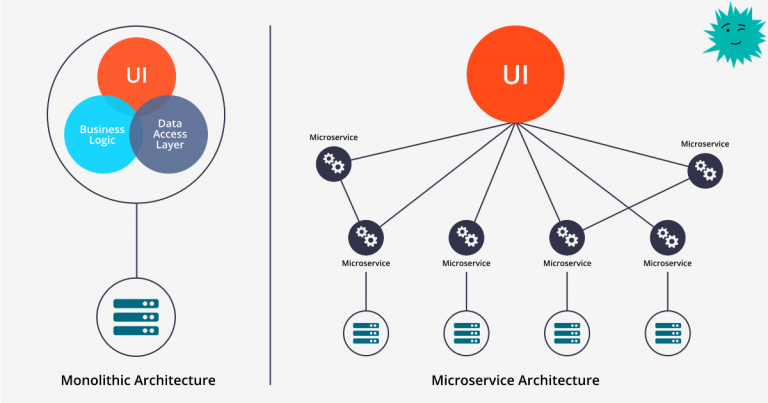Simple, but rarely used analytics techniques that will improve your advertising campaigns

Digital analytics of advertising channels is an integral part of work on marketing campaigns.
One of the most effective approaches to analyzing advertising campaigns is to study performance indicators. in the context of various segments.
In practice, the following popular breakdowns are most often used:
Analysis across advertising campaigns;
By keywords and ad groups;
By device type (smartphones, tablets, computers);
By geo (cities and countries);
By demographic characteristics (gender and age).
Typically, during the study, the specialist divides the traffic between segments and evaluates the difference in cost per lead (CPL) or cost of the order (CPO). The appropriate adjustments are then made.
Such an analysis can provide a specialist with a large amount of useful information, which, if taken into account correctly, will have a significant positive effect.
However, practice shows that standard segments often turn out to be not enoughand many analysts/marketers are starting to wonder:
What else to look at in advertising campaigns to increase the effectiveness of the traffic attracted?
Let's figure it out!
1. Analyze advertising effectiveness by city size
If your advertising campaigns cover a wide range of cities (there are especially many of them when targeting several countries at once), traffic analysis familiar to many by location often proves ineffective.
Typically, this is due to the fact that statistics are excessively “blurred” across multiple geos; such data does not allow for an adequate assessment of the effectiveness of the long tail of populated areas.
Experience shows that in such a situation, a breakdown analysis is effective. by city size.
Yes, such an analysis can be labor-intensive and require some time to prepare, but its practical benefits can be very significant.
It should be remembered that Yandex Metrica has a “City Size” grouping that allows you to quickly create a similar report “on the fly”:

If Metrica is not installed on the site or the ranges provided in the “City Size” grouping do not suit you, the target report is generated manually.
For example, in the screenshot below (from a real analysis), we can see a significant difference in conversion rates between cities of different sizes (and therefore, we can make adjustments to the geotargeting of the advertising campaign in question):

The recommended steps for creating such a report are:
Uploading statisticsin terms of the effectiveness of advertising campaigns by city;
Near every city we indicate the characteristic range of its population size;
Next, using the pivot table tool, we create the final version of the report, in which we determine how efficiency varies RK depending on the size of the city;
If we observe significant differences in efficiency between cities of different sizes, we take this into account in geotargeting (for example, we leave only cities from effective ranges within the targeting framework).
The most commonly used ranges (in our experience) are:
Up to 100 thousand population
From 100 to 500 thousand population
From 500 thousand to 1 million.
From 1 to 3 million
Over 3 million.
Of course, these ranges may be adjusted depending on the countries in which the online advertising being studied is shown (for example, for the small Czech Republic the ranges will be completely different from those for a large country).
City-size analysis has proven its effectiveness time and again, and we recommend doing it on a regular basis.
2. Research ad metrics across browsers, screen resolutions, and operating systems
If the analysis by device types (mobile devices, computers, tablets) is considered standard and is used frequently, then analyses in the context of operating systems / screen resolutions / browsers are carried out much less frequently.
However, such analyses can be very useful; in particular, they can help identify technical problems with the site for different OS versions, browsers, screen resolutions (for example, having discovered a low conversion rate in Yandex Browser, we can separately check the display of the site in it).
In addition, some advertising systems (including Yandex Direct) allow you to make adjustments to rates by the “Android / iOS” breakdown; As is known, these OS often demonstrate different conversion rates to the application and CPL. This is an extremely useful feature.
For example, in the screenshot below (from the Yandex Direct Report Wizard), we can see the difference in conversion cost between different operating systems (if necessary, we can make the appropriate adjustments at the advertising campaign level):

3. Study performance by landing page
Analysis by landing page can be useful and revealing.
Imagine: a large volume of traffic is attracted to a specific list of landing pages from a number of campaigns, each of which is characterized by its own characteristics (geotargeting, keyword set, interest sets, creatives, etc.).
The variety of advertising campaigns can “blur” the resulting statistical data. Breaking down by landing helps to bring some clarity to the current situation and become a starting point for adjusting advertising campaigns.
Thus, it may turn out that there are a number of landings that demonstrate increased efficiency in comparison with the rest; having discovered this, the specialist can try to find out the reason: perhaps it's a matter of semantics, perhaps it's a matter of specific product categories, sometimes technical problems are found on “lagging” pages.
For example, in the screenshot below, we see a significant difference in the conversion of two landing page variations:

The described method is convenient and effective from a practical point of view.If the standard ad traffic reports do not provide us with new information, we recommend using the additional breakdown by landing pages. one of the first analyses.
4. Analyze advertising campaigns by “new/returning users”
Conversion rates between first-time visitors to your site and repeat visitors can vary significantly.
By assessing this difference, you can understand, Should I separate advertising campaigns for new and returning users?Sometimes it is so big that it makes sense to manage bids separately for new/returning audiences.
In Yandex Metrica, there is a grouping for assessing this segment: “Is the visit the visitor’s first visit”:

Having discovered a significant difference between the segments under consideration, we can not only manage them through bid adjustments (This is the standard approach), but also highlight individual campaignswhich will be targeted strictly limited only new or only returning users.
5. Break down the semantics of advertising campaigns into semantic groups and study the indicators of each of them
As with cities and landing pages, very often the conversions you measure search ad campaigns by are “thinly distributed” between keywords and search queries. This complicates the analysis..
By grouping keywords by semantic groups and separately assessing the effectiveness of each, you can find segments that demonstrate indicators that differ significantly from the average results advertising campaign.
Typically, work is carried out with the unloading of key phrases: each keyword belongs to a specific semantic group, after which a summary report with performance indicators is generated for them. Of course, this is a rather labor-intensive process, but the result often allows for a significant improvement in the quality of advertising campaigns.
By what criteria can key phrases be combined into semantic groups? There are many variations, for example:
Availability of “hot” additives in the key phrase (“buy”, “price”, etc.) and other phrases without such additives;
Geo-specific phrases and keywords without geo;
Phrases with indication of brands And without;
Phrases with a high level of specificity (for example, an exact indication of the model) and the rest, wider phrases;
Phrases with grouping by different product categories;
A lot of– And laconic phrases.
The number of variations of semantic groups can be very large and each specialist decides independently which options should be used right now.
Having discovered semantic groups with tall indicators, you can, for example, extract key phrases from them in separate advertising campaigns.
On the contrary, keywords from the group with low indicators can be stopped.
6. Analyze the effectiveness of search advertising based on the ad placement in search results
In a number of topics, conversion on search campaigns can vary significantly depending on where the click was made: from the first place or below, over organic search results or under.
This type of dependence characterizes “urgent” topics (car evacuation, door opening, etc.), as well as any topics with a very high level of competition in advertising results.
It may turn out that the increased conversion for ads in the first positions compensates for the higher cost per clickand the maximum volume of impressions should be ensured at the top of the advertising results.
The opposite situation can also be observed, when savings from a reduced cost per click when displayed outside the top of the advertising results are easily compensates for lower conversion.
If you find that your ad's performance depends on where you display it, you should take this into account when setting your bids.
Example of a report in a Yandex Direct account (the “Placement type” parameter is used):

7. Research IP ranges for advertising traffic
Analysis by IP address can be useful if you are concerned about bot attacks or manual clicks on your site.
Advertising systems always declare that bot filtering in them is extremely effective due to automated protection algorithms. As practice shows, it's really sobut from time to time these algorithms still fail; The last time we discovered such a failure was at the end of 2023..
Once you have identified potentially problematic IP address ranges, you can either exclude them (Some advertising accounts provide this opportunity), or temporarily deactivate those campaigns and ad groupswhich attract the bulk of traffic from bots.
It is important to note that manual IP address checking only works in fairly simple cases, when the click manual either works based on primitive algorithms. However, even now such types of clicks are quite common.
For example, in the example below we see the presence of several IP ranges that raise some suspicion and require further investigation:

8. Explore “unknown” segments in advertising accounts
Segment “unknown” (“not defined”, “unknown”) is most often present within the demographic parameters (“gender” and “age”, in some advertising systems – also “presence of children” and “marital status”).
This is an extremely interesting breakdown to analyze, since very often the “unknown” segment demonstrates efficiency that significantly different from the average advertising campaign figures. At the same time, its effectiveness can be either significantly worse or better.
In addition, in rare cases, an excessively high percentage of transitions from the “unknown” segment is an indirect sign of an excessive number of bots on your site.
It is important to note that in analytics systems such as Google Analytics 4 segments are “unknown” in demographic reports or are absentor are calculated not like in advertising officesIt is recommended to evaluate the presence and influence of this segment directly in advertising systems.
Below is an example of what the “not defined” segment looks like in the Yandex Direct Report Wizard:

Having discovered significant differences in the “unknown” segment indicators in comparison with average values, we can make the necessary adjustments to advertising campaigns.
9. Research media ad placements
The current recommendation is more specific to the Google Ads advertising system, which provides flexible placement options at the campaign level.
Analysis by sites where media advertising was shown (websites, applications, Youtube channels, etc.) is actively used by almost all experienced marketers. The current point does not describe the analysis itself, but the recommended approach. to the application of its results.
Overall, site research is a really useful and necessary type of analysis.
As a rule, problematic sites identified during the study of statistics are minus (displaying ads on them is prohibited).
In most cases, the problematic ones are: clearly not targeted platforms (for example, resources with children's games are often downvoted), or sites / applications where it was unscrewed significant budget without getting target conversions.
The problem with this approach is that for advertising campaigns with a wide reach and high traffic volume, such a minus can stretch out over a long period of time; you will spend your budget inefficiently until you accumulate the required amount of statistics.
Often a different approach is more effective.
Within its framework, media campaigns “work” in pairs.
First campaign works in the usual way and is primarily used for collecting effective sites. In it, in parallel and ineffective ones are switched off placements, and a list of effective ones is being compiled sites. Most often, she works with a limited budget.
Second campaign used for maximum full use of effective platforms. Thus, having discovered that a certain site is effective (she is active brings conversions or demonstrates good behavioral indicators users), we transfer it from the first campaign to the second (“hot campaign”), adding to the previously selected effective sites.
In the hot campaign, we maximize the positive effect of high-quality sites, ensuring maximum coverage our ads (usually through higher budgets and rates).
Example of a placement report in Google Ads:

This approach requires constant, repeated iterations of analysis and collection of quality sites, but also the effect of a well-put together hot campaign can be extremely large.
10. Study micro-conversion ad metrics
The concept of “micro conversions” can be interpreted in different ways. For the purposes of this section, microconversions are events that are actively achieved. valuable users for business (leaving requests and making purchases).
The list of variations of such events is quite large, popular options are listed below.:
Long time spent on the site;
The fact of the start of order processing;
I scrolled down the long landing page to the very bottom;
Visited important sections of the site;
Downloading files from the site.
In our experience, micro conversions are best used to find ineffective segments for further deactivation.
Micro conversions should be used with caution to identify effective segments; experience shows that such segments are still better defined by full leads and transactions.
A popular recommended scenario for using micro conversions in practice looks like this.
Let's say you need to significantly reduce your advertising budget, but the volume of target applications/sales is not large enough to conduct a quality analysis. In this case, we can select one or several fairly large micro-conversions and then study them, how actively they are achieved in terms of different segments. Those segments that Not are characterized by a large number of micro-conversions, but have already attracted a large volume of clicks – the first in line to be disconnected or have their rates lowered.
This approach is quite simple, but at the same time it allows for the effective identification of problem segments within advertising campaigns.
An example of the distribution of micro-conversions by device type in Yandex Direct:

eleven
Comparative analysis of pairs of time periods (successful and unsuccessful)
In a sense, this type of analysis is a derivative of segment analysis, and can be useful if you find an unexplained decline (or, conversely, growth) indicators.
So, let's say you've discovered a negative trend in your advertising campaign metrics that you can't explain. If the Change History shows that no significant changes have been made to the problematic campaigns, we recommend performing a comparative analysis using the following steps:
Determine the periodin which altered indicators have been observed for some time;
Find a comparable volume of transitions period with good advertising performance (it is desirable that this period be chronologically close to the first);
Put it up comparison of previously selected ranges in the reports studied;
Consistently Break the report into different segments (both standard and those given earlier in this article), trying to determine in which segments the change might have occurred. distribution of traffic and conversions between periods.
An example of comparing the distribution of conversions by the “gender” segment within two periods:

Such a report can be extremely useful in showing clearly, between which segments did the traffic “flow” and, thus, suggest to the specialist what should be paid attention to first.
Now you know how diversely the received advertising traffic can be studied, and how many opportunities there are to improve the quality of advertising campaigns.
We hope our article was useful for you! Share in the comments what methods you most often use to improve advertising traffic indicators.





